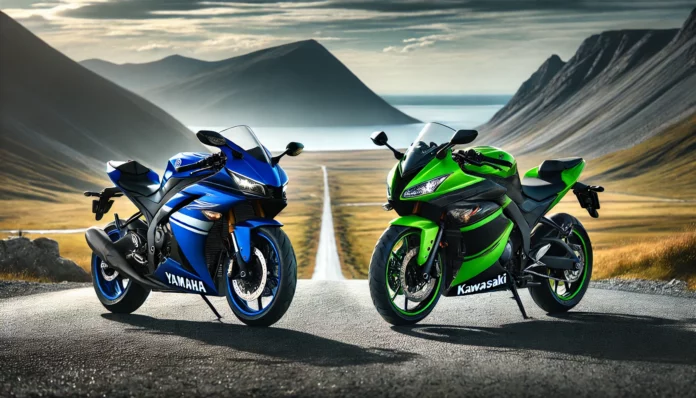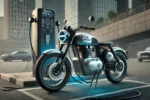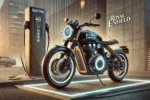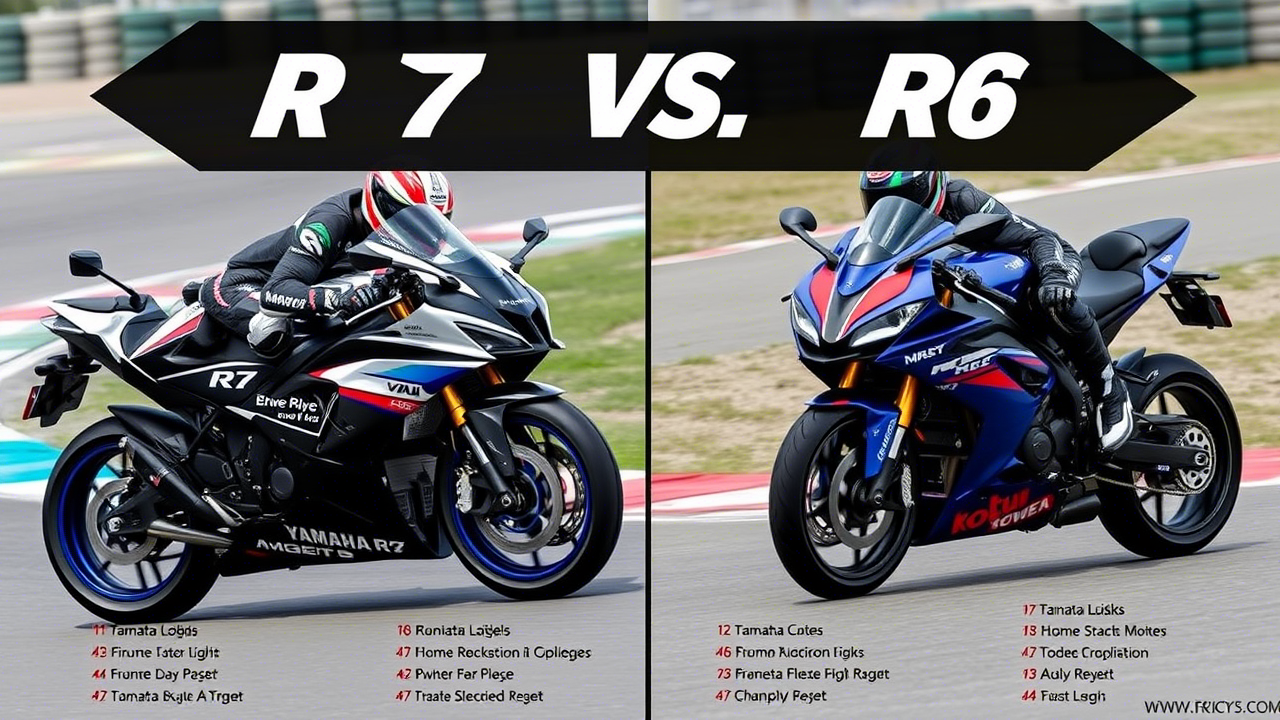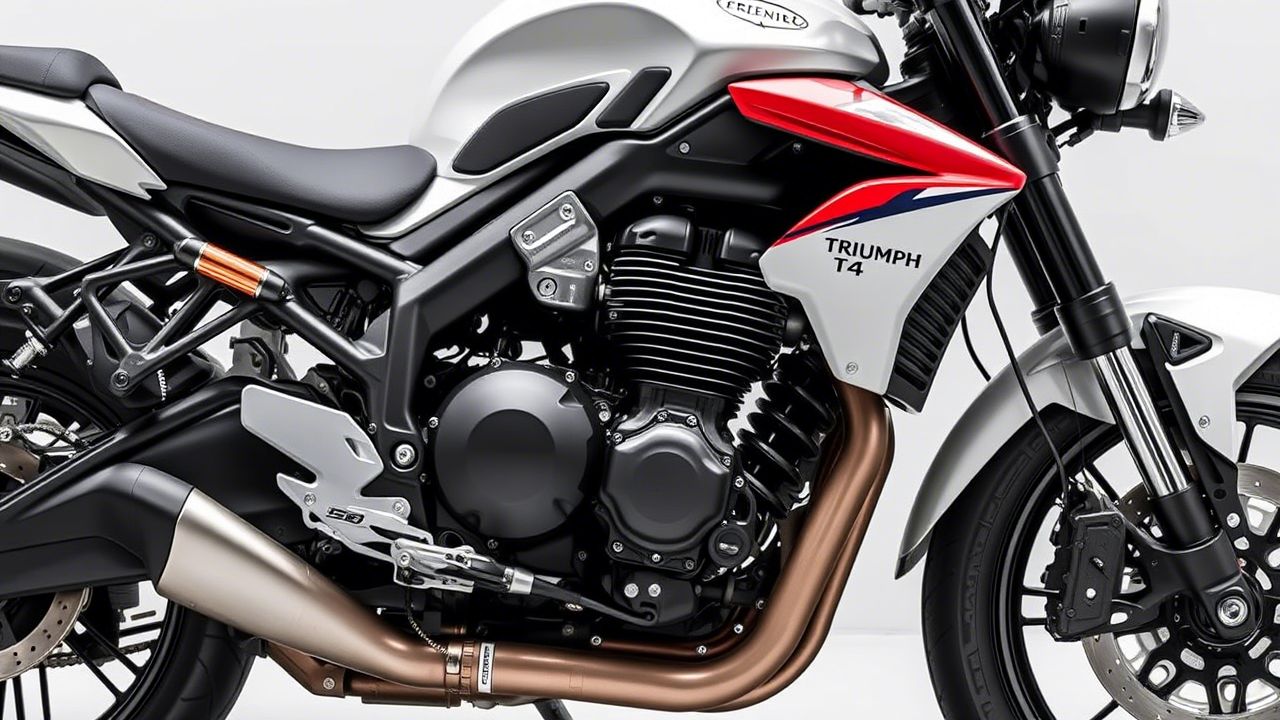If you’re in the market for a lightweight sportbike, two of the top contenders are the Yamaha YZF-R3 and the Kawasaki Ninja 400. Both bikes offer an exciting mix of performance, affordability, and beginner-friendly handling, making them excellent choices for new and experienced riders alike. But which one is the better buy? Let’s compare these two popular motorcycles across key factors to help you decide.
1. Engine Performance & Power
Yamaha YZF-R3
- Engine: 321cc parallel-twin, liquid-cooled
- Horsepower: ~42 HP @ 10,750 RPM
- Torque: 29.5 Nm @ 9,000 RPM
- Transmission: 6-speed manual
Kawasaki Ninja 400
- Engine: 399cc parallel-twin, liquid-cooled
- Horsepower: ~49 HP @ 10,000 RPM
- Torque: 38 Nm @ 8,000 RPM
- Transmission: 6-speed manual
Verdict: The Ninja 400 has a clear power advantage with its larger engine, producing more horsepower and torque. If speed and acceleration are your top priorities, the Ninja 400 is the better choice. However, the YZF-R3 still delivers a smooth and refined performance that is more than enough for city and highway riding.
2. Handling & Ride Comfort
Yamaha YZF-R3
- Wet Weight: ~375 lbs
- Seat Height: 30.7 inches
- Suspension: KYB inverted front fork, rear mono-shock
Kawasaki Ninja 400
- Wet Weight: ~366 lbs
- Seat Height: 30.9 inches
- Suspension: Telescopic front fork, rear mono-shock
Verdict: The YZF-R3 features an inverted front fork, providing better front-end stability and handling, especially during aggressive cornering. However, the Ninja 400 is slightly lighter, which can make it feel a bit more agile. Both bikes offer comfortable seating, but the YZF-R3 has a slight edge in suspension quality.
3. Fuel Efficiency & Mileage
Yamaha YZF-R3
- City: ~50-55 mpg (21-23 km/l)
- Highway: ~56-60 mpg (24-25 km/l)
- Fuel Tank: 3.7 gallons (14 liters)
Kawasaki Ninja 400
- City: ~45-50 mpg (19-21 km/l)
- Highway: ~50-55 mpg (21-23 km/l)
- Fuel Tank: 3.7 gallons (14 liters)
Verdict: The YZF-R3 is slightly more fuel-efficient, making it a better choice for long-distance riders looking to save on fuel costs.
4. Technology & Features
Yamaha YZF-R3
- LED headlights & taillights
- Fully digital TFT instrument panel with smartphone connectivity
- ABS standard
Kawasaki Ninja 400
- LED headlights & taillights
- Semi-digital instrument panel (analog tachometer + LCD screen)
- ABS optional in some markets
Verdict: The YZF-R3 takes the lead in technology, offering a modern TFT display with smartphone connectivity, while the Ninja 400 still uses a semi-digital setup.
5. Price & Value
Yamaha YZF-R3
- Price Range: $5,500 – $6,000
Kawasaki Ninja 400
- Price Range: $5,800 – $6,500
Verdict: The YZF-R3 is more budget-friendly, making it a great option for riders looking for an affordable entry-level sportbike.
Final Verdict: Which One Should You Buy?
- Buy the Yamaha YZF-R3 if you want: A more affordable, fuel-efficient, and tech-packed bike with excellent handling.
- Buy the Kawasaki Ninja 400 if you want: More power, better acceleration, and a slightly lighter bike.
Both bikes are fantastic options, and your choice depends on your riding style and preferences. If you prioritize speed and power, go for the Ninja 400. If you want a well-rounded, stylish, and efficient sportbike, the YZF-R3 is the perfect pick.
Stay tuned for more motorcycle comparisons and reviews!

